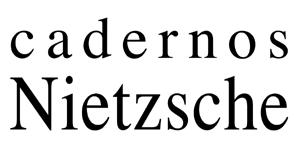Abstract
It is known that the encounter with the Nietzsche thought was really crucial to Jung; it is proved, among other things, by the seminars held by him between 1934 and 1939 and dedicated to the interpretation of Thus Spoke Zarathustra. Traces of the influence of this work are present in the structure, language, themes and atmospheres of the Red book, as well as explicit references to Nietzsche himself. Here I would like to propose to you a preliminary survey of some of these traces. It will be a very limited survey in order to make possible wider reflections. The traces reveal a basic affinity between the texts of Nietzsche and Jung, and confirm a common thematic and theoretical horizon. Above all, it seems to me - and I will try to prove it - that both works share a similar function as performative devices of representation but also of production of truth and confrontation with it. In the wake of this line of argument, I will focus on some of the textual nucleus in the Red Book, with more evidence connected with Nietzsche on the question of truth. In the pages of Ecce homo which are dedicated to Zarathustra we find out, in concentrated form, issues which, as we shall see, will be resumed and developed also in the Red Book: Zarathustra is defined as a "revelation of the truth" expressed by symbols ; "research on soul", a work in which "what is nearest, what is really daily, talks [...] of unheard things". And the character Zarathustra as a man who "feels to be the highest of the existing species" just because "access all the opposites" without succumbing to this; deepest and combining soul, able to experience the time in the most abysmal and immanent way of the eternal return; expression of the "concept of Dionysos", an ancient yet renewed vision of the sacred and the divine.
Keyword
Jung; Red book; soul; truth
